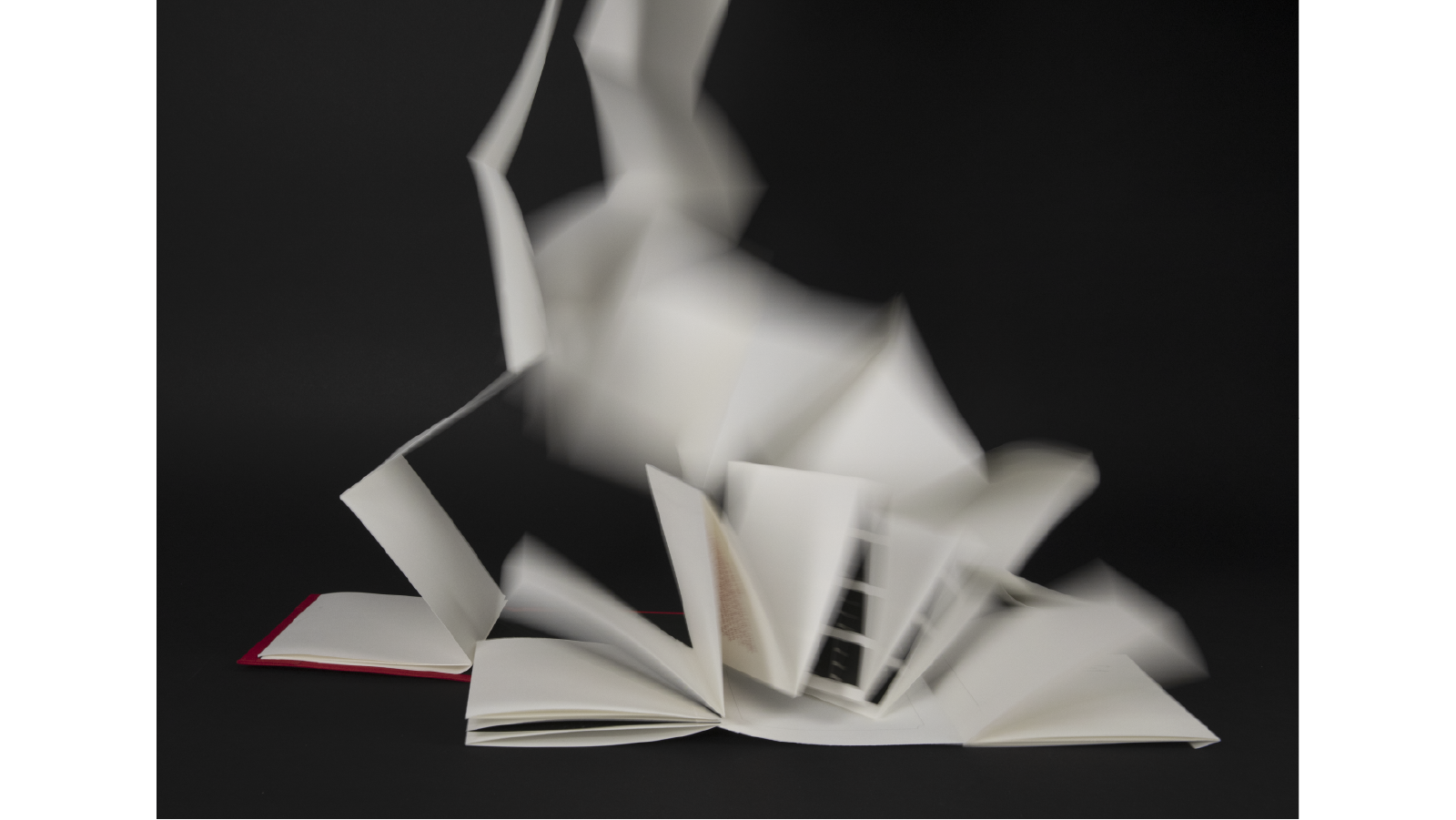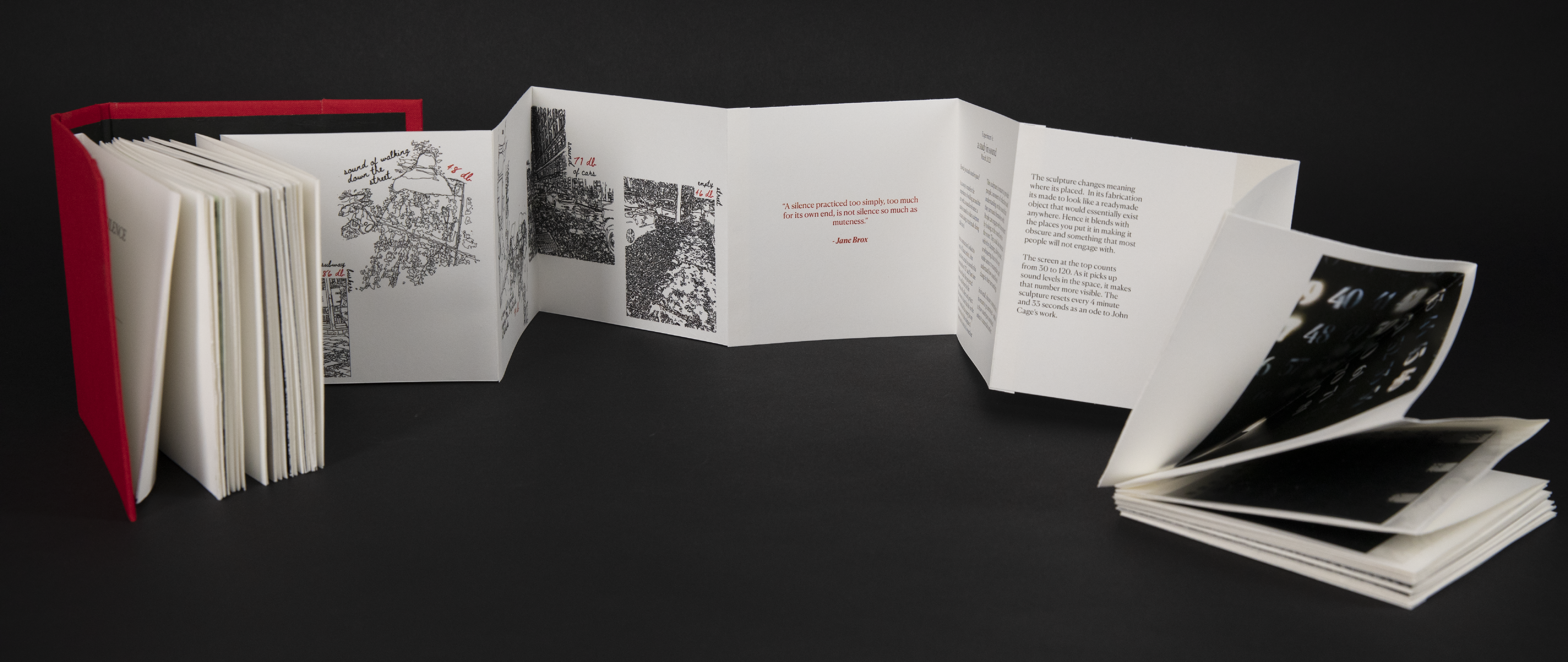Abstract
Silence is defined as the lack of sound in space, or an absence, a negative space. But what if it could mean more? As part of a quest in understanding silence in my life, this series of projects are the beginnings of a creative practice. In my research, I asked people how silence manifests in their life in order to create a vocabulary around the things that are hidden. I found that silence has multiple meanings, and is a space for channeling creativity, processing feelings, and creating language. Susan Sontag, in her essay The Aesthetics of Silence wrote: “A genuine emptiness, a pure silence, is not feasible — either conceptually or in fact. If only because the artwork exists in a world furnished with many other things, the artist who creates silence or emptiness must produce something dialectical: a full void, an enriching emptiness, a resonating or eloquent silence. Silence remains, inescapably, a form of speech (in many instances, of complaint or indictment) and an element in a dialogue.” How then could I represent the qualities of silence as a larger framework that can create dialogue? Through a series of projects, personal study, ethnography, and creative writing, I explore what lies waiting to be unearthed while archiving the silent parts of myself and others into a self-bound book. The book takes the form of an accordion, a growing progress artifact, pieced together, through collage, to distill the varied meanings of silence.

Research
Primary research began through personal inquiry, looking through past journals and transcribing the text from paper into my computer. I furthered this research by conducting formal and informal interviews, asking people about what silence means to them, how it manifests in their lives, and what they do in the absence of sound. Returning to the self and finding ways to embody silence, I began an examination of sound around me, collecting primary quantitative sound data in different spaces. For two weeks, I walked around New York City with a sound level meter deciphering the silences, and lack thereof, in my day-to-day life.
In my work, I drew inspiration from, but not limited to, John Cage’s 4’33'', Nam June Paik’s Zen for Film, Marina Abramovic’s The Artist is Present, Yoko Ono’s Grapefruit, Nick Cave’s Sound Suits, James Turrell’s architectural spaces, Christine Sun Kim’s installations, and Doug Wheeler’s PSAD Synthetic Desert. I also conducted ethnographic research, immersing myself into manufactured spaces of silence such as anechoic chambers, visiting Quaker meetings, experiencing sound baths, and silent discos.
In the process of developing silence as my creative practice, I experimented with a range of mediums. Similar to the function of my journals, a book seemed a fitting final archival artifact. From paper, to a screen, and resulting in a paper, the accordion style book supplements my journals in providing formal documentation of the explorations that exist and will come.
Technical Details
A series of separate projects around the idea of silence that have been compiled into a self-bound book. The book was created using the laser cutter, 170gsm card stock, cardboard, book cloth, and PVA glue. Across the different projects within the book, a variety of hardware and software was used: Arduino Nano 33 IoT, Adafruit Circuit Playground Express, Adafruit Neopixel, projector, tripod, conductive fabric, laser printer, laser cutter, variety of acrylic, p5.js, Adobe Creative Cloud (Illustrator, Photoshop, InDesign), TouchDesigner, and Python (including the markovify library).







